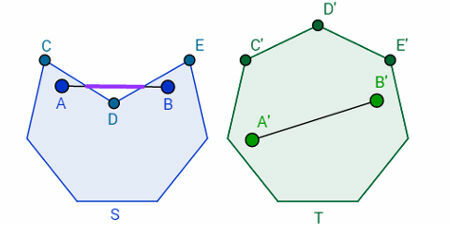O Cambodian genocide happened during the years when Pol Pot it's the KhmerRed, Cambodia's Communist Party, were in power in that South-East Asian country. Between 1975 and 1979, Pol Pot imposed an agrarian utopia that resulted in the death of millions of people on forced labor farms or in government prisons. In addition, this government practiced intense persecution of ethnic minorities living in Cambodia.
Pol Pot and the Khmer Rouge
Pol Pot (his birth name was Saloth Sar) commanded the Khmer Rouge (Communist Party of Cambodia) in the early 1960s. At that time, the proposal of communism defended by him was based on the Maoist communism (Chinese model), which prioritized the rural worker as the basis for the revolution.
Since the late 1960s, the Khmer Rouge, under the leadership of Pol Pot, had been determined to seize power from Cambodia. Two factors ended up creating the necessary conditions for this to happen. First, the massive bombings that the United States carried out in the country as a result of the
Vietnam War. And secondly, the military coup led by Lon Nol, who removed Norodom Sihanouk from power.The first event was widely used by the Khmer Rouge as propaganda to mobilize the rural population of Cambodia to defend the party's cause. The second event sparked a civil war in the country, as the ousted ruler – Sihanouk – started to support the Khmer Rouge in the fight against the Lon Nol government. Cambodia's civil war ended in 1975, when that party conquered the capital Phnom Penh.
After assuming power in Cambodia, Pol Pot instituted his agrarian utopia and promoted the emptying of cities Cambodians, forcing the urban population to settle in forced labor farms. In addition, this leader imposed the closure of hospitals, monasteries, schools, factories, etc. Pol Pot also abolished freedom of expression by closing newspapers and seeking to extinguish the existence of a traditional family nucleus.
Cambodian Genocide
The institution of forced labor farms forced thousands of people to settle in places where they were subjected to a heavy daily workload. The terrible working and living conditions on these farms caused thousands of deaths, caused by abuse, exhaustion, hunger and contracted diseases.
The period when Pol Pot was in power was also marked by the persecution of religious groups, ethnic minorities and anyone who has any kind of educational influence foreign. Cambodia's main religion was Buddhism, and the entire class of monks in the country was intensely persecuted by the government. The persecution of this religion meant that two years later, in 1977, there was no functioning monastery in all of Cambodia.
Do not stop now... There's more after the advertising ;)
In addition to Buddhist religious, the Cambodian government intensely persecuted any and all foreign influence, especially if it was Western or Vietnamese. Pol Pot promoted the complete closure of the borders, in addition to ordering that all foreign embassies be closed in the country.
Persons possessing any sign of foreign educational instruction were summarily arrested, tortured and executed as enemies of the state. As a result, university professors and students were harassed by the government, and there were even recorded cases of even those wearing glasses being seen as an enemy of the government.
Internally in the Khmer Rouge, there was also intense monitoring of party members. All those who manifested open opposition to Pol Pot's policy, and especially those who manifested sympathy or proximity to the Vietnamese communist party, the Khmer Viet Minh, were arrested and could be killed by the government.
Finally, the Cambodian government's policy of repression was also instituted against ethnic and religious minorities that inhabited Cambodia. It is estimated that, at the time, around 15% of the Cambodian population was formed by various minorities, however, the Pol Pot's government denied the existence of these groups and claimed that they accounted for only 1% of the total population of the parents|1|.
The genocide against ethnic minorities in Cambodia was mainly concentrated against Vietnamese, Chinese and call. In all, Pol's government expelled more than 100,000 Vietnamese from the country, in addition to having murdered about 10,000 people of the same ethnic group. The Chinese, seen as urban workers by the government, had more than 200,000 dead. The death toll of Cham in Cambodia reached approximately 100,000 people.
Over the four years he was in power, Pol Pot's tyranny was responsible for at least 1.5 million dead. However, there are statistics that state that this number may have reached 2.5 million dead. The communist leader's control came to an end in 1979, when Vietnamese forces invaded the country and overthrew the government. Pol Pot lived deep in the bushes of Cambodia until his death in 1998.
|1| KIERNAN, Ben. The Cambodian Genocide, 1975-1979. Available on here.
* Image credits: Gary Yim and Shutterstock
By Daniel Neves
Graduated in History

